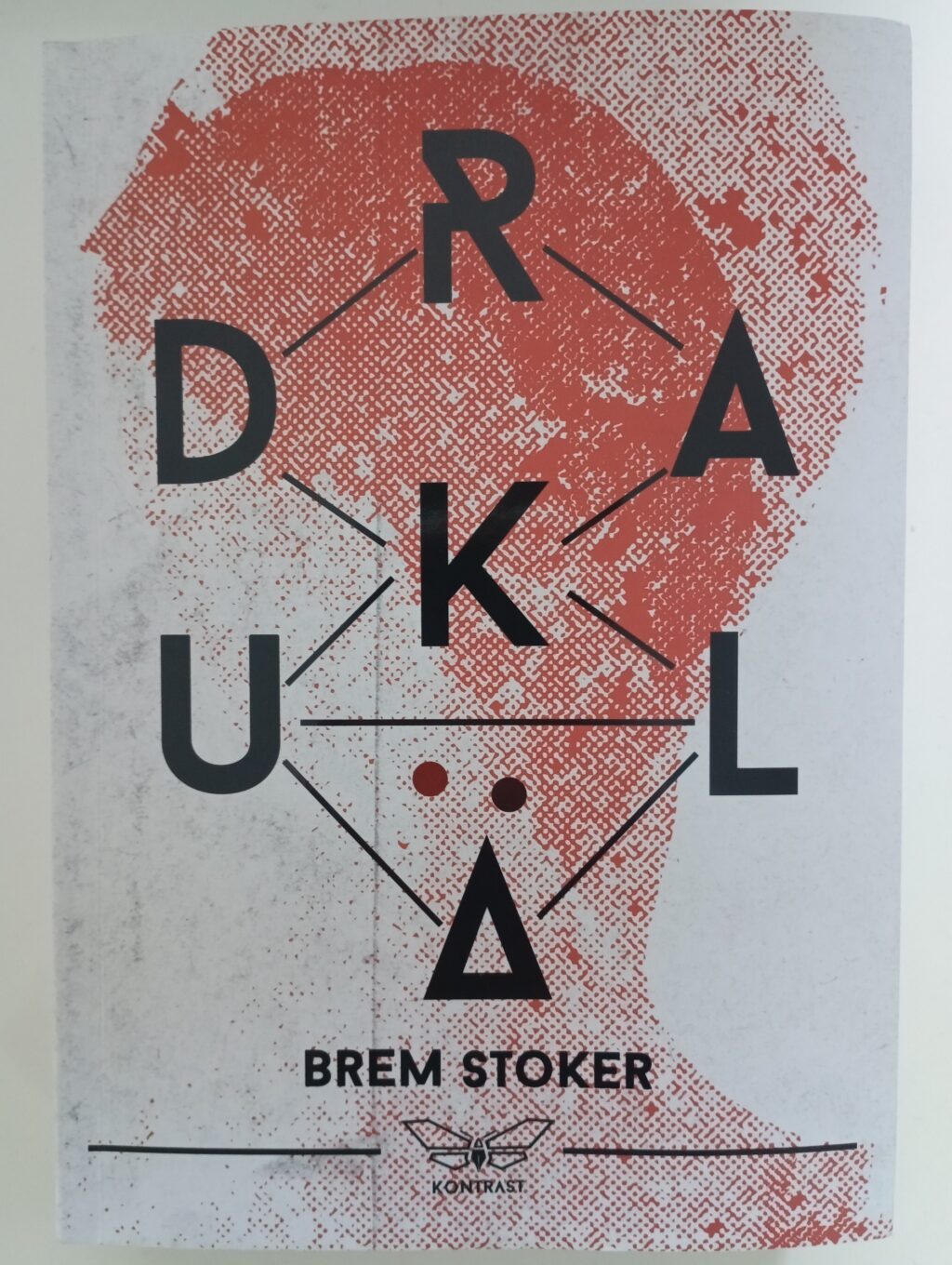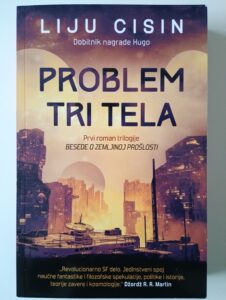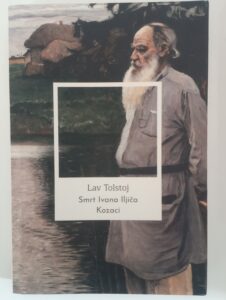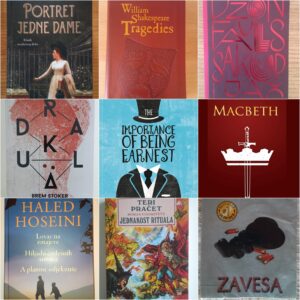Dracula (1897)

…………………………………………………
Dracula Book Review
Dracula is a Gothic horror novel by Bram Stoker that was first published in 1897. It’s one of the best Gothic works of literature.
………………………………………………….
“We learn from failure, not from success!“
…………………………………………………..
…………………………………………………..
Jonathan Harker takes a business trip to stay at the castle of a Transylvanian nobleman, Count Dracula. Harker escapes the castle after discovering that Dracula is a vampire, and the Count moves to England and plagues the seaside town of Whitby. A small group, led by Abraham Van Helsing, proceed to investigate and hunt Dracula. This novel was so impactful that it not only led to countless adaptations in cinema and television, but it is considered to be the most culturally influential vampire story. This is where vampire fiction at large is said to have started properly.
Dracula is very much a product of its time and I mean that in the best way possible. This was the height of Gothic fiction of the 19th century after all. It’s an epistolary novel, which means that the narrative is told through the use of letters, newspaper articles etc. While this approach can take some time getting used to, the end result is a novel that genuinely felt like an early form of thriller combined with detective fiction. The investigative tone to the second half of the novel was quite intriguing.
The tone is quite versatile as it changes from one character to another, taking more of a scientific approach during the doctor’s letters and more of a mysterious, thrilling tone during Harker’s passages. As it is an epistolary work, it also changes points of view, which led to an epic feat in character arcs and interconnected narrative.
Thematically, Dracula’s a surprisingly sophisticated work of Gothic literature that retains its genre elements throughout while still including some interesting observations about sexuality, religion and science. Stoker was obviously quite interested in the Balkans, which is where I live, so obviously the section set in that region appealed to me the most as it lent the novel a sense of mystery and exoticism. This setting enabled Stoker to explore the theme of xenophobia, which Dracula very much represents in his different lifestyle, habits and knowledge. These initial passages were so riveting that the London sections paled in comparison, though they were still quite strong. The idea of this foreigner invading British land was so well explored.
…………………………………………………..
…………………………………………………..
There is also a strong emphasis on a very timely issue of the time, which is the clash between tradition and modernity, religion and science. The novel pinpoints that science can only take you so far as in certain scenarios traditional customs and beliefs reign supreme. While Stoker handled all of these themes quite ambiguously, I personally found him leaning toward conservative ideas of the time more. That is best evidenced in the depiction of women. The novel depicts female sexuality as something that is definitely present, but also something that is to be feared – the female vampires are more sexual in nature while the leading human women are more reserved and ladylike. But the very depiction of these issues and a certain scene that hinted at male submission were quite daring for the time, lending the novel timeless appeal.
But there is one take on this story that I personally propose that isn’t usually discussed and that is vampires standing for some kind of disease. They not only infect humans, but this danger comes from a different part of the world as depicted in that superb Demeter ship section of the book. The team that is assembled in the second half that tried to stop Dracula certainly can be understood to stand for epidemiologists trying to stop the spread of an ominous epidemic.
We equate vampire and Dracula as the same terms now, which just goes to show the extent of Bram Stoker’s influence on this entire genre. Count Dracula is an iconic antagonist, one that is superbly developed and posing real threat. A vampire who’s influenced the politics of the region for centuries, his knowledge is vast and his cunning is evident, which made him such a powerful presence. Jonathan Harker is another highlight as this kind, submissive and inquisitive man whose relationship with the Count himself was intriguing and very well realized. Again, this first part of the novel is so brilliant, so atmospheric and so riveting that the rest of the novel moving away from this setting and this scenario spelled an inevitable decline in engagement, atmosphere and elegance.
Mina and Lucy both represent different versions of Victorian women – one is more intellectually inclined and proactive while the other is more modern in her romantic needs. There are obvious limitations to how these women were portrayed due to the period that the novel is set in, but for the time these depictions were actually quite progressive. Dr. John Seward and Van Helsing are beautifully contrasted in their scientific as opposed to traditional outlooks on life while Renfield was a really interesting figure as this mad man serving Dracula himself.
…………………………………………………..
…………………………………………………..
Dracula is clearly not the best paced book out there as again that second half was much less involving than the riveting first one. Stoker also at times overindulged in the sort of emotional expressiveness that was typical for the era, but now borders on hysteric and melodramatic. With that being said, his writing style is fantastic and he was particularly adept at writing phenomenal dialogue. His descriptions are also terrific and so was his seamless switching of perspectives and tones. The novel is exceedingly dark, at times featuring genuinely creepy imagery, making it feel modern even today. I did find the ending somewhat anticlimactic, but the majority of what came before it was engaging, intriguing and delightfully atmospheric.










